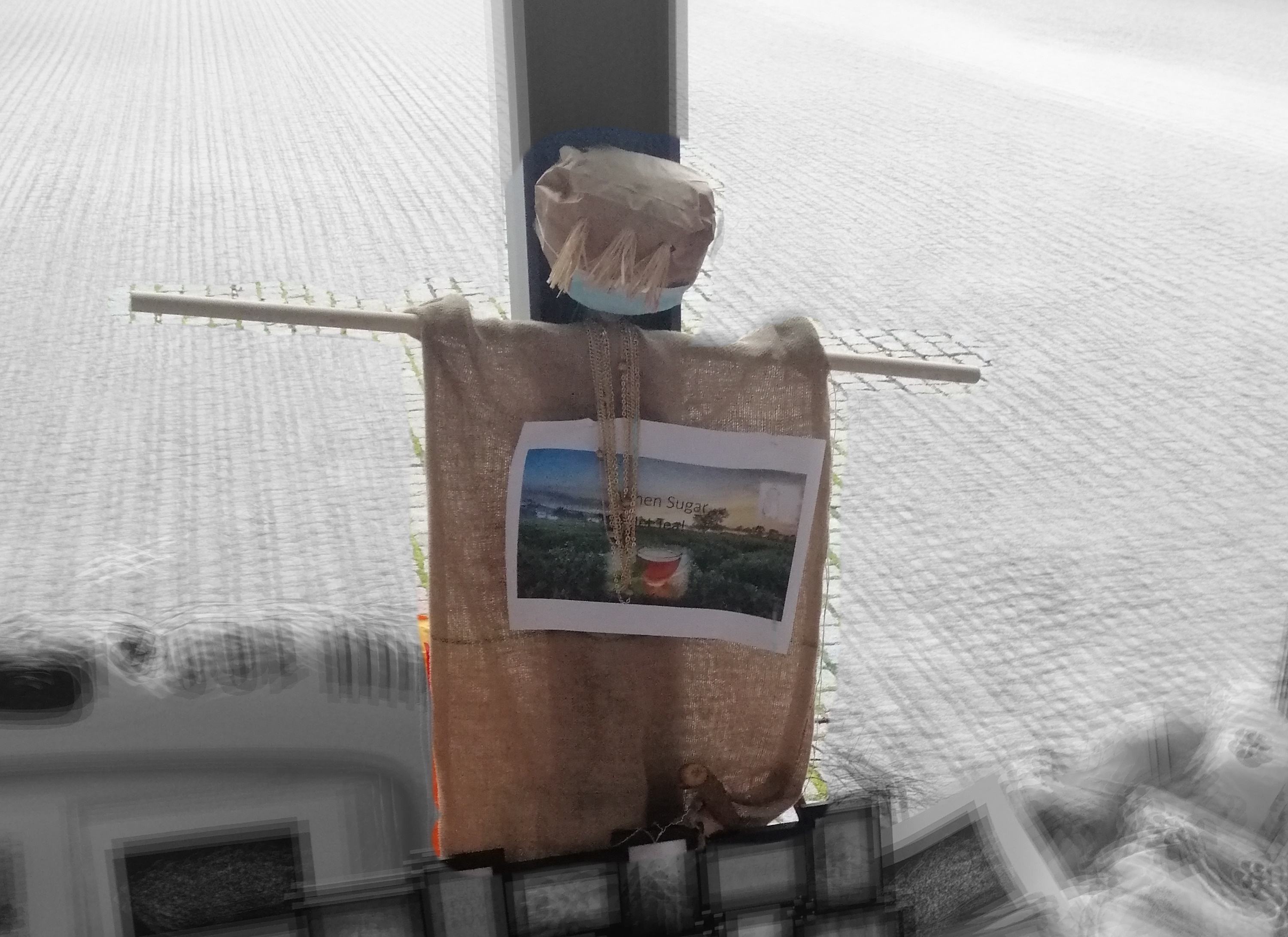The shores of the Mediterranean Sea have become the midden of the 21st century. On theses shores debris from the sea, that has come all over the world and from all aspects of human activities has gathered as evidence of the current human occupation and industrial revolution.
The rapid mechanised production of mass quantities of products and the advance of the modes of communication and transport have created a high velocity of consumption and economic growth geared towards satisfying the demands of consumption to a particular global region. The velocity has been deeply women into the fabric of climate change. This velocity has also created a hesitation and reluctance to heed the warnings of significant societal, economic, and ecological damage on the plant if there is no change or slowing down.
Like centrifugal force that pulls towards the centre, the effects of climate change will be felt in the regions where the raw materials are produced to satisfy these demands of consumption. Resulting to over extraction, overuse and high levels of pollution created from satisfying these demands. Once these materials are exhausted the onset of humanitarian crisis begins.
The midden of the Mediterranean Sea speaks of this effect through the layers of debris that wash up as the remains; the by products; the waste: the refuse; the pollutants, associated with this style of human occupation that began in the 18th Century when sugar met tea.
A meeting that set ships to sail across seas and dock in continents ferrying spice, tea, cotton, silk, indigo dye, sugar, salt, and opium. (British East India). Silk, cotton, porcelain, textiles, precious metals, nutmeg, mace, cloves, and importation of slaves. (Dutch India Company). Along with Christianity, Capitalism and Civilization. That are still today washing up on this sea’s shores.
Climate change is real! There is only one world, and all are interconnected to it.



